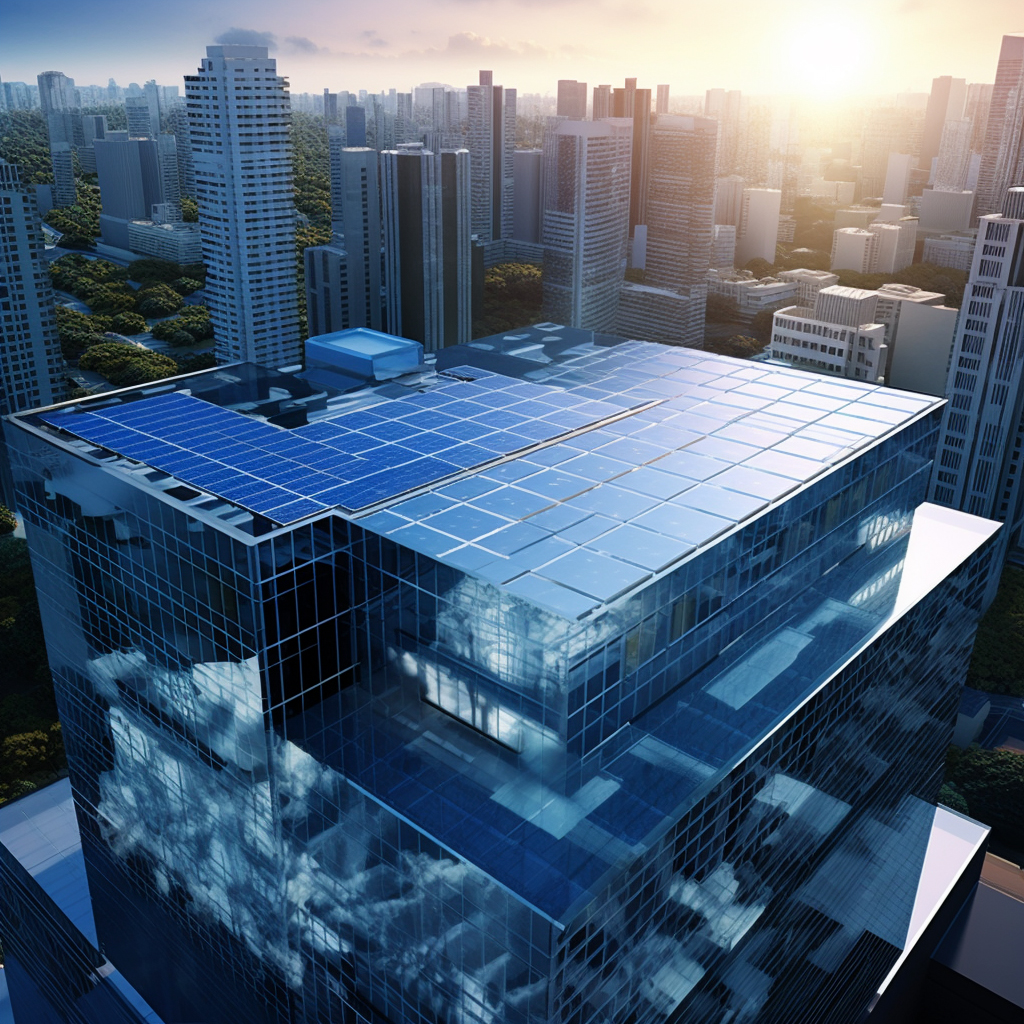
Eco-friendly architecture: glass as an environmentally friendly material
What is eco-friendly architecture? Definition and principles
Eco-friendly architecture is a design approach aimed at minimizing the environmental impact of buildings. This field focuses on creating spaces that are energy-efficient, sustainable, and use environmentally friendly materials. A central goal in eco-friendly architecture is to achieve harmony with the surroundings, while also implementing technological solutions that support energy conservation. This concept is closely tied to ecological practices in architecture and is increasingly visible in urban spaces, including in Poland, where the number of such projects continues to grow.
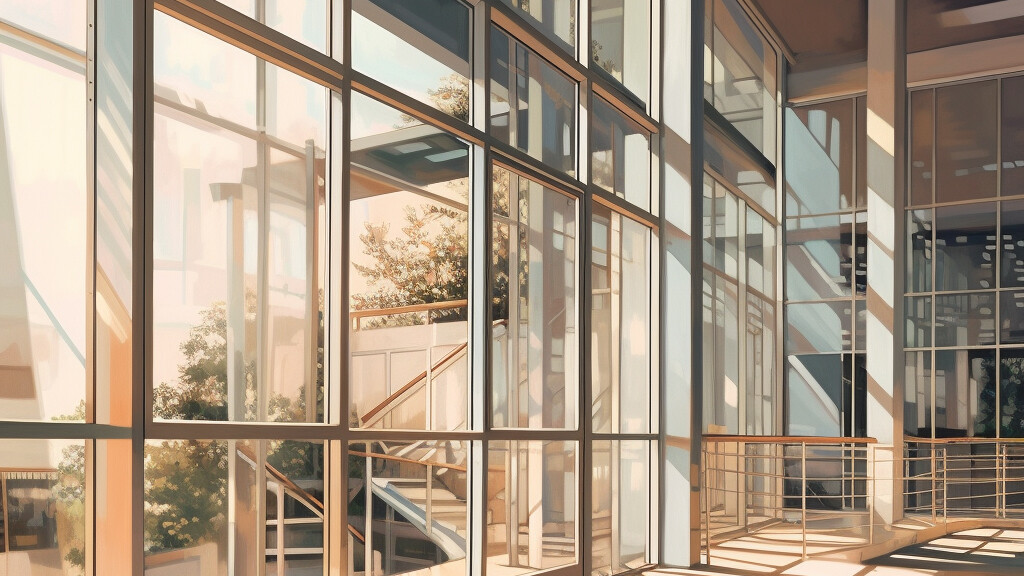
Eco-friendly materials in architecture
Eco-architecture relies on the use of environmentally friendly materials that help reduce carbon emissions, minimize energy consumption, and enhance thermal comfort and user health. Key eco-materials include:
- Wood – a renewable material that stores carbon dioxide and provides excellent insulation properties, helping maintain optimal indoor temperatures. Wooden structures add warmth to interiors and align with the aesthetic of natural, organic spaces.
- Clay – a natural, eco-friendly material with breathable properties that ensures proper ventilation and humidity regulation. Clay is ideal for green and passive buildings, as it promotes a healthy indoor climate.
- Eco-concrete – produced with modifications that reduce CO₂ emissions during manufacturing. This concrete can incorporate ash, recycled glass, or waste materials, making it more environmentally friendly while remaining a durable construction material.
The use of these materials supports the development of energy-efficient, sustainable architecture, allowing buildings to be more environmentally friendly and comfortable for occupants.
Is glass eco-friendly? Applications in sustainable architecture
Glass is a widely used material in modern construction, and its role in eco-architecture is significant. Is glass eco-friendly? Yes – thanks to its transparency, it allows natural light to enter interiors, potentially reducing electric lighting needs, especially when combined with low-emissivity glass that minimizes heat loss. Modern insulating glass facades help maintain indoor temperatures, thus supporting a building’s energy efficiency. Furthermore, glass is fully recyclable, which reduces the demand for new raw materials and minimizes waste. Energy-efficient architecture relies on glass to maximize daylight and regulate indoor temperatures effectively.
An example of innovation in sustainable architecture is liquid crystal film, which acts as a dynamic filter on windows and glass surfaces. This film can adjust its transparency based on needs – it can be fully transparent, allowing sunlight to illuminate the space, or switch to a frosted state to block part of the sunlight. In the summer, when the sun is intense, the frosted state prevents excessive heating, reducing the need for air conditioning. In winter, when it is more transparent, it allows natural light to help warm the space, lessening the need for artificial heating.
With glass featuring liquid crystal film, energy savings are enhanced within the building – less energy used for heating and cooling translates to lower utility bills and a reduced carbon footprint. This innovative solution not only creates a comfortable environment but also lessens the building’s environmental impact, which is crucial in sustainable architecture.
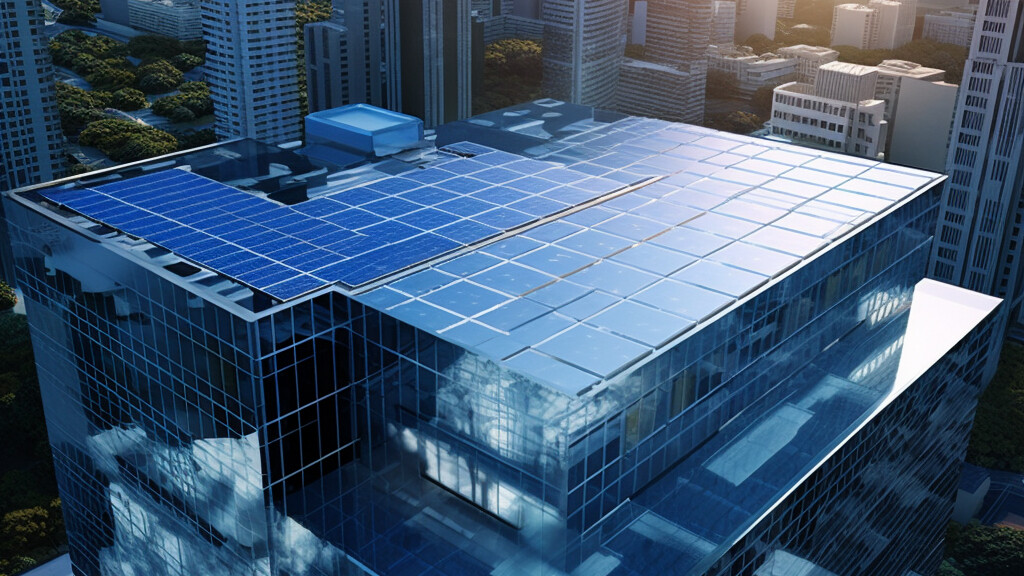
SONTE smart film – a modern solution for eco-friendly buildings
In contemporary sustainable architecture, smart technologies that enhance energy efficiency and user comfort are increasingly important. One such solution is SONTE liquid crystal film, which aligns with the principles of sustainable building. This innovative film, installed on glass surfaces, allows for adjustable transparency, enabling control over the amount of sunlight entering interior spaces. In summer, SONTE film can reduce excessive indoor heating, lowering the need for air conditioning, while in winter, by letting in more light, it assists in warming the interiors.
Thanks to these properties, SONTE film offers a dynamic solution that supports energy savings and enhances thermal comfort in buildings. In combination with glass, it acts as a filter that shields against excessive UV and IR radiation, further protecting interiors and furnishings from fading.
This innovative approach helps reduce a building’s carbon footprint, making it more environmentally friendly. Combined with other technologies, such as energy-efficient architecture and photovoltaic systems, SONTE film enables the creation of spaces with lower energy consumption and a reduced environmental impact.
Eco and organic architecture – the differences
Eco and organic architecture are closely related concepts, yet they have distinct foundations. Eco-architecture focuses on sustainable building practices, energy efficiency, and reducing environmental impact. Organic architecture, introduced by Frank Lloyd Wright, is more concerned with form and aesthetics, emphasizing the harmonious integration of buildings into the natural surroundings. Both approaches aim to protect the environment but address different aspects – eco-architecture emphasizes efficiency, while organic architecture centers on unity with nature.
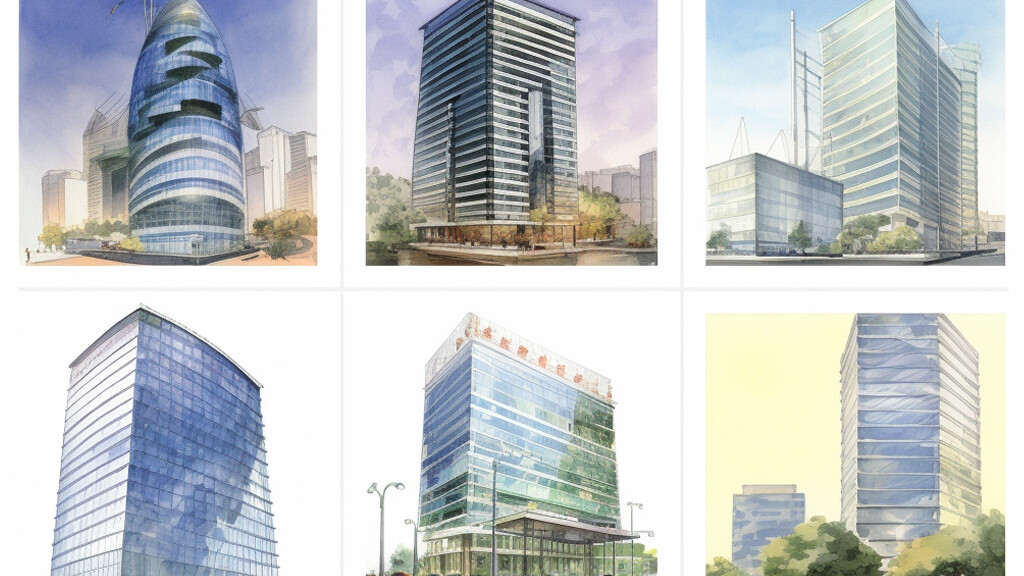
Examples of eco-architecture and modern technologies
Around the world, including in Poland, there is a growing number of inspiring eco-architecture projects that blend modern technology with environmental awareness. Examples include buildings with glass facades and eco-friendly materials such as wood, eco-concrete, or clay. Glass used in these projects provides natural lighting and effective temperature control, reducing the need for heating and air conditioning, which supports energy-efficient architecture.
Modern buildings, such as cultural centers and office towers, often incorporate photovoltaic technology to generate their own energy, marking an important step toward energy self-sufficiency. These projects reflect environmental consciousness in architecture, evident in the choice of materials and technologies that minimize the building’s environmental impact.
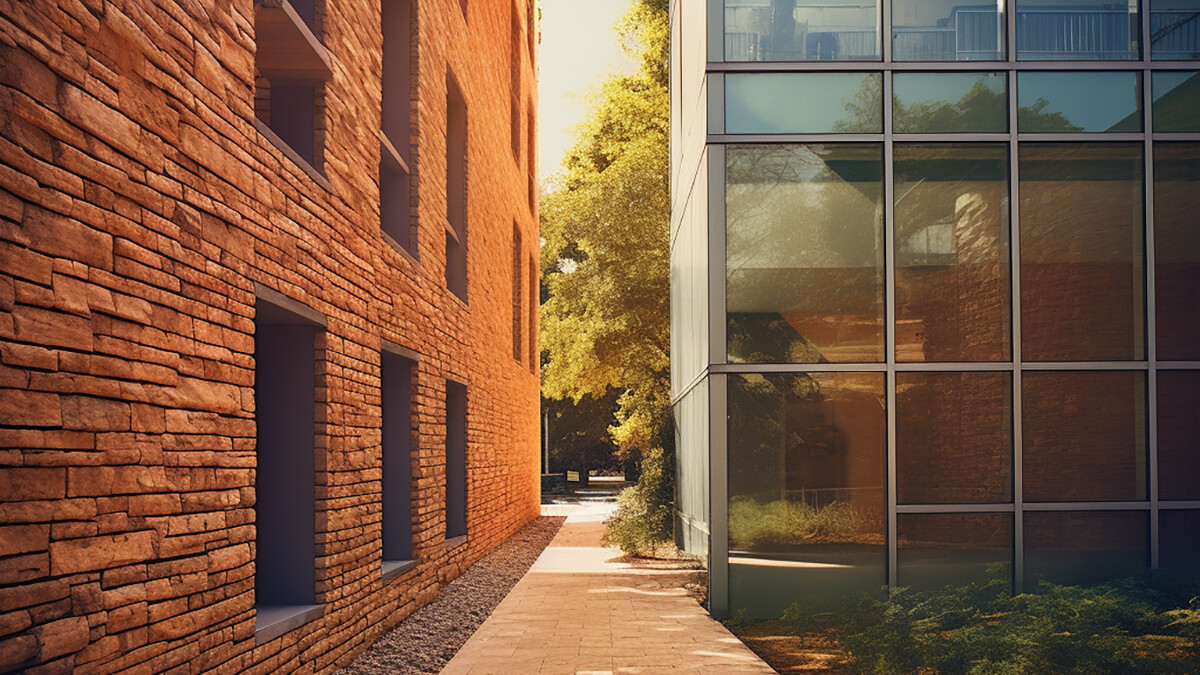
See more
Modern office ,Innovative house
Retro-fit – how to install SONTE film without the need for complex renovations?
Discover how to install SONTE film without complex renovations - Your guide to the technology transforming light and privacy in homes and offices. Learn about energy efficiency, privacy control, easy smart home integration, and a straightforward installation process. SONTE film is the future of comfortable and efficient living.
Innovative house
What gives your household members privacy?
Each of us dreams of privacy in our own homes or apartments. Seemingly, nowadays it is not difficult to achieve it. Choose revolution in privacy management.
Unusual spaces
Smart film is the answer, how to increase hotel prestige?
When searching for accommodation in another city, research indicates that room appearance is a top priority, influencing comfort and the overall success of the stay.